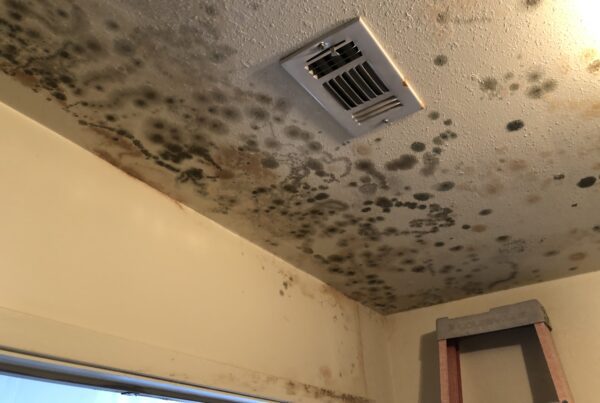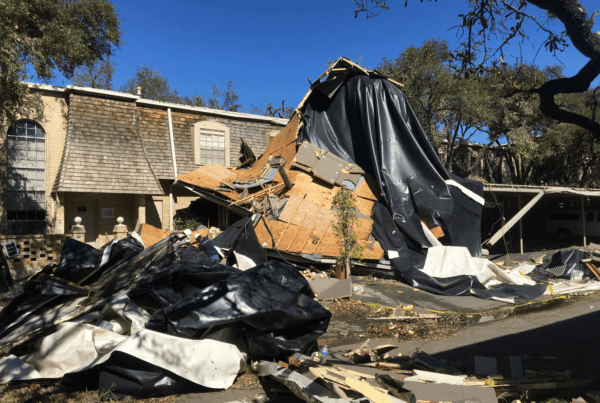As Texas residents know, January and February are typically the coldest months of the year and if the state is going to receive extreme cold weather, it will most likely be during this time frame. We cannot forget Winter Storm Uri in February 2021, or the ice storm that started on January 30 of 2023. These storms caused wide spread damage to property across the state of Texas. In fact, according to the Insurance Information Institute, Winter Storm Uri was the costliest U.S. Winter event ever, costing around $17.4 billion in damage.
Inevitably at some point most of Texas will experience periods of severely cold weather and extreme conditions that can inflict considerable damage to homes and commercial buildings. Below are some things that you can do to help protect your property:
Inside your home or building:
- Keep the property heated to a minimum of 65 degrees. The temperature inside the walls where the pipes are located is substantially colder than the walls themselves. A temperature lower than 65 degrees might not keep the inside walls from freezing.
- Check the location for water shut off valves in your property. You should refresh your memory on how the valves work, in case you must use them.
- Open hot and cold faucets enough to let them drip slowly. In severely frigid temperatures, keeping water moving within the pipes will help prevent freezing.
- Check that fireplaces, wood stoves and electric heaters are working properly. Make sure there are no combustible items near the heat source and watch them closely, especially the first time you use them.
- Keep your fireplace flue closed when you are not using it.
Outside your home or building:
- Check the location for your main water shutoff. Make sure you know how to operate the main shutoff in the event you have to shut off the water to your property.
- Protect pipes in the attics and crawl spaces with insulation or plug in heating cable. Be sure to purchase UL listed models of heating cables with built in thermostats; these will turn on the heat when needed.
- Wrap any exposed plumbing pipe with insulation. If you do not have insulation, you can always use a towel or blanket.
- Keep sidewalks and entrances to your property free from snow and ice. Make sure and treat the area with products to prevent anyone from slipping and falling.
- Watch for ice dams near gutter downspouts. Ice dams can cause water to build up and seep into your property.
- Double check for dead, damaged or dangerous tree branches and have them removed. When stressed, branches can fall and damage your property or even injure people walking near your property.
While these tips may seem like no-brainers, they are important to keep in mind if we receive more severe winter weather. We have already received a light snow dusting in January and no telling what February will bring. Until next time my friends, be prepared and stay safe.
Reference: “The Homeowner’s severe cold weather survival guide” by the Insurance Information Institute





